Introduction
In a nation where cricket is more than just a sport, Sachin Ramesh Tendulkar stands as a symbol of hope, perseverance, and national pride. Often referred to as the “God of Cricket”, Sachin Tendulkar’s career spanned over two decades, during which he not only broke records but also won the hearts of millions. His name is synonymous with dedication, discipline, and unmatched talent. From the dusty lanes of Mumbai to the grand stadiums across the world, Tendulkar’s journey is the stuff of legend—a story of a boy with a dream who became the greatest cricketer of all time.
Early Life and Background
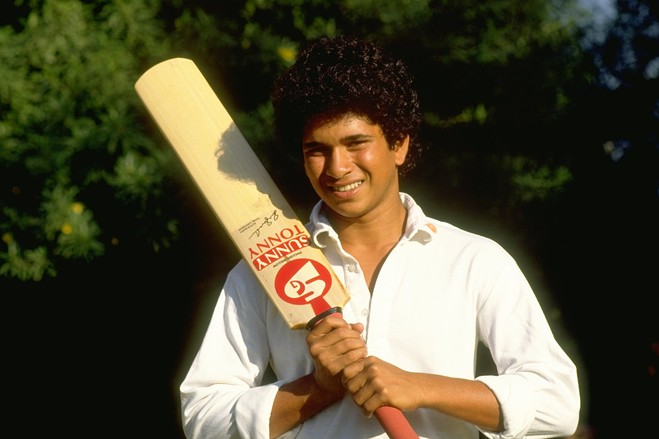
Sachin was born on April 24, 1973, in Mumbai, Maharashtra, to Ramesh Tendulkar, a renowned Marathi novelist, and Rajni Tendulkar, an insurance worker. He was named after the famous music composer Sachin Dev Burman. From a very young age, Sachin displayed a keen interest in cricket, often playing with his elder brother Ajit in the compound of their building.
Recognizing his talent, Ajit took Sachin to famous cricket coach Ramakant Achrekar. Under Achrekar’s guidance at Shivaji Park, young Sachin honed his skills with relentless practice, often batting for hours without a break. His dedication was so intense that Achrekar would place a coin on top of the stumps and challenge bowlers to dismiss Sachin. If they succeeded, they would keep the coin; if not, Sachin would win it. Tendulkar still treasures those coins as some of his most valued awards.
Rise Through School Cricket
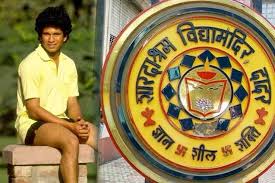
Sachin’s prodigious talent was evident in his school days. He played for Sharadashram Vidyamandir and quickly gained national attention. One of the most iconic moments came in 1988 when he and his friend Vinod Kambli stitched a world-record partnership of 664 runs in a school match. Sachin scored a mammoth 326 not out, and the innings made headlines across the country.
Debut on the International Stage
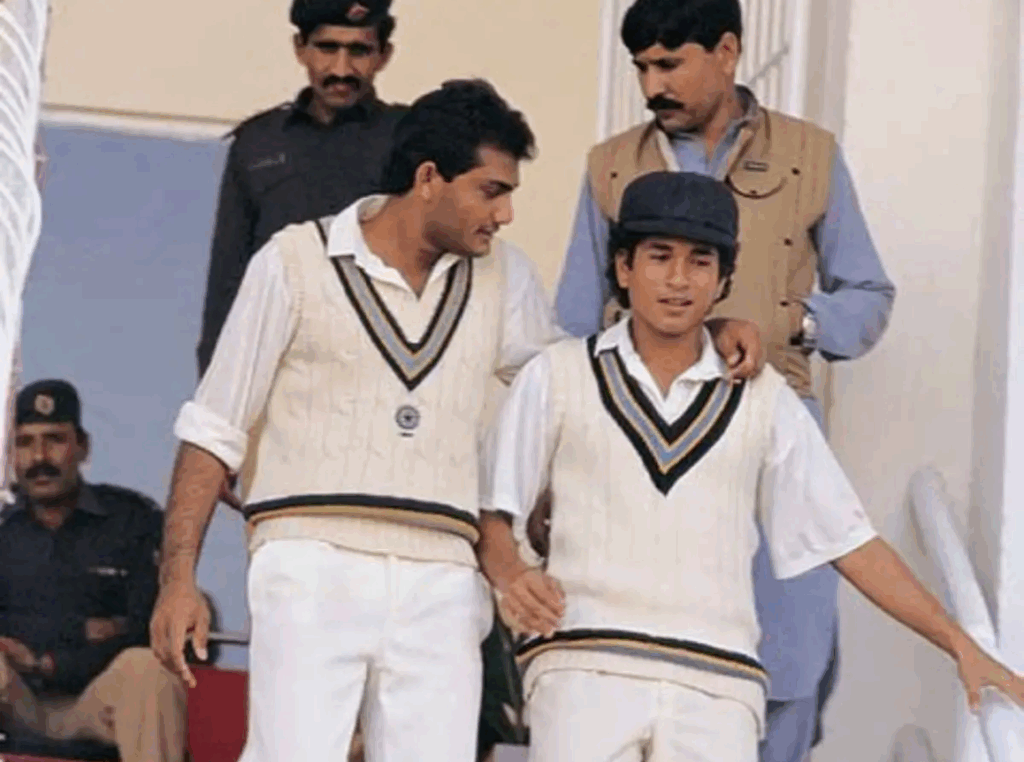
Sachin made his international debut at the age of 16 against Pakistan in Karachi in 1989. Facing the fiery Pakistani bowling attack, which included legends like Wasim Akram, Waqar Younis, and Abdul Qadir, he showed exceptional courage. In one of the matches, despite getting hit on the nose by a bouncer, he refused to leave the field and continued to bat, earning instant respect.
Though he didn’t score big runs initially, his technique and temperament marked him as a special player. Within a year, he scored his maiden Test century—119 not out against England at Old Trafford—at the age of 17, becoming the youngest Indian to score a Test hundred.
The 1990s: Building a Legend
Throughout the 1990s, Sachin Tendulkar emerged as the backbone of Indian cricket. At a time when the team often relied heavily on individual brilliance, Sachin stood tall. He scored centuries in almost every cricketing nation, displaying mastery over both pace and spin.
Notable highlights during the 1990s:
- His unforgettable 114 at Perth (1992) on a bouncy pitch considered one of the toughest in the world.
- The “Desert Storm” innings in Sharjah in 1998, where he scored back-to-back centuries against Australia.
- His match-saving 136 against Pakistan in Chennai in 1999, a knock that came in immense pressure.
By the end of the decade, Sachin was not just a cricketing icon but a national hero.
Captaincy and Challenges
Sachin was appointed captain of India in 1996 and again in 1999. However, his stints as captain were not successful. The pressure of leading a team struggling with consistency affected his performance. Though he stepped down from captaincy, his form with the bat remained extraordinary.
Despite the challenges, he continued to break records. He became the first batsman to score 10,000 runs in ODIs and was consistently ranked among the top players in the world.
2000s: The Master Evolves
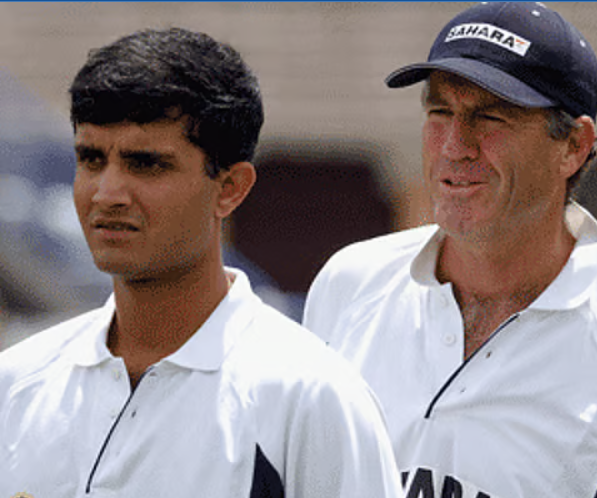
The early 2000s saw Indian cricket undergoing a transformation under Sourav Ganguly’s leadership and coach John Wright. Sachin, though no longer captain, played a pivotal role as a senior member.
He adjusted his game to suit the team’s needs, often playing anchoring roles rather than flamboyant innings. He was instrumental in India’s journey to the final of the 2003 World Cup, finishing as the tournament’s highest run-scorer with 673 runs.
However, injuries began to plague him. A recurring tennis elbow injury in 2004 kept him out of the game for months. Critics began to question whether his time at the top was nearing an end. But Sachin, ever the fighter, worked on his fitness and technique and made a strong comeback.
Historic Milestones
Sachin’s comeback in the late 2000s was marked by several iconic moments:
- In 2008, he surpassed Brian Lara to become the highest run-scorer in Test cricket.
- In 2010, he became the first batsman in history to score a double century in ODIs—a breathtaking 200 against South Africa* in Gwalior.
- He was the first cricketer to score 100 international centuries, a record that remains untouched.
- His performances in the 2011 World Cup, especially against England and South Africa, were crucial in India’s journey.
2011 World Cup Triumph

For Sachin, winning the ICC Cricket World Cup was a lifelong dream. He had played in five World Cups (1992, 1996, 1999, 2003, 2007), coming close in 2003 but never clinching the trophy. In 2011, under the leadership of MS Dhoni, India lifted the World Cup, defeating Sri Lanka in the final at Wankhede Stadium in Mumbai—Sachin’s home ground.
As the team carried him on their shoulders for a lap of honor, Virat Kohli famously said, “He has carried the burden of the nation for 21 years; now it’s our turn to carry him.” It was an emotional and fitting tribute to a player who had given everything to the game.
Retirement and Farewell
Sachin retired from ODIs in December 2012, and from all forms of cricket in November 2013 after playing his 200th Test match against West Indies at Wankhede Stadium.
His farewell speech moved the entire nation to tears. With a voice full of gratitude, he thanked his family, coaches, teammates, and fans. The Board of Control for Cricket in India (BCCI) retired his jersey number 10 in his honor.
Post-Retirement Contributions
After retirement, Sachin continued to contribute to the sport and the country:
- He was nominated to the Rajya Sabha (Upper House of Indian Parliament) in 2012 and focused on education and sports.
- He launched the Sachin Tendulkar Foundation to support underprivileged children in health and education.
- He has been involved with various sports initiatives like Sachin’s Blasters, and co-owns teams in leagues such as the Pro Kabaddi League and ISL (Indian Super League).
- He authored his autobiography, “Playing It My Way”, which became a bestseller.
Awards and Recognition
Sachin Tendulkar has received numerous awards for his contribution to cricket and society:
- Bharat Ratna (2014) – India’s highest civilian award, making him the first sportsperson to receive it.
- Padma Vibhushan (2008)
- Padma Shri (1999)
- Rajiv Gandhi Khel Ratna (1997-98)
- Wisden Cricketer of the Year (1997)
He also holds an honorary rank of Group Captain in the Indian Air Force.
Legacy and Influence
Sachin Tendulkar is more than a cricketer. For millions of Indians, he symbolizes the dreams of a new India—an India where hard work and humility can lead to greatness. His impeccable discipline, gentlemanly conduct, and unmatched passion have inspired generations.
Young cricketers like Virat Kohli, Rohit Sharma, and Shubman Gill openly credit Sachin as their inspiration. His impact on world cricket is evident in the respect he commands across countries, from Australia to England to South Africa.




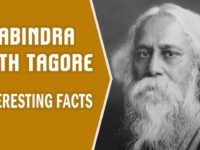














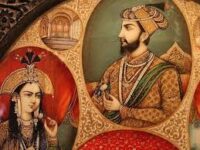
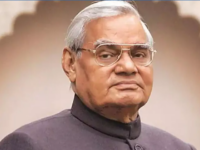
























































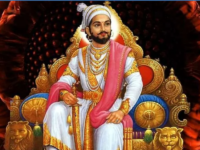











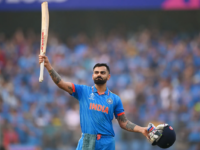



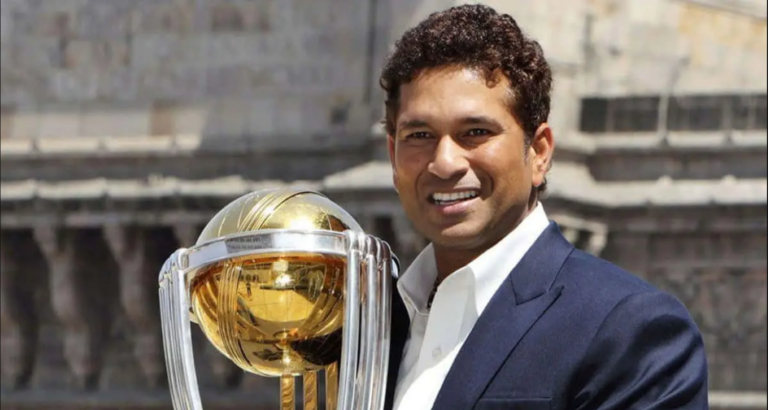
0 Comments